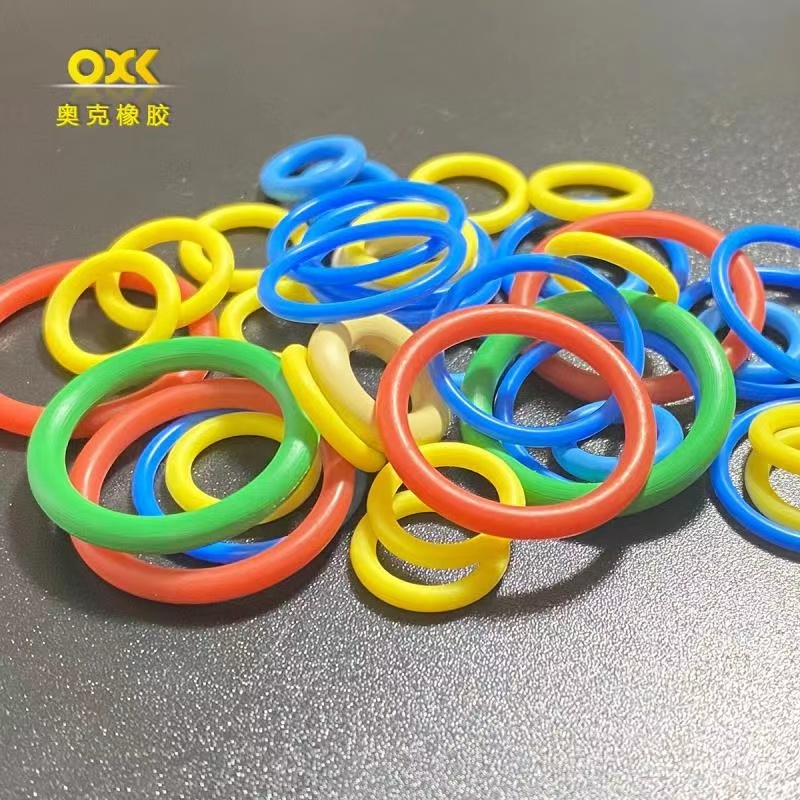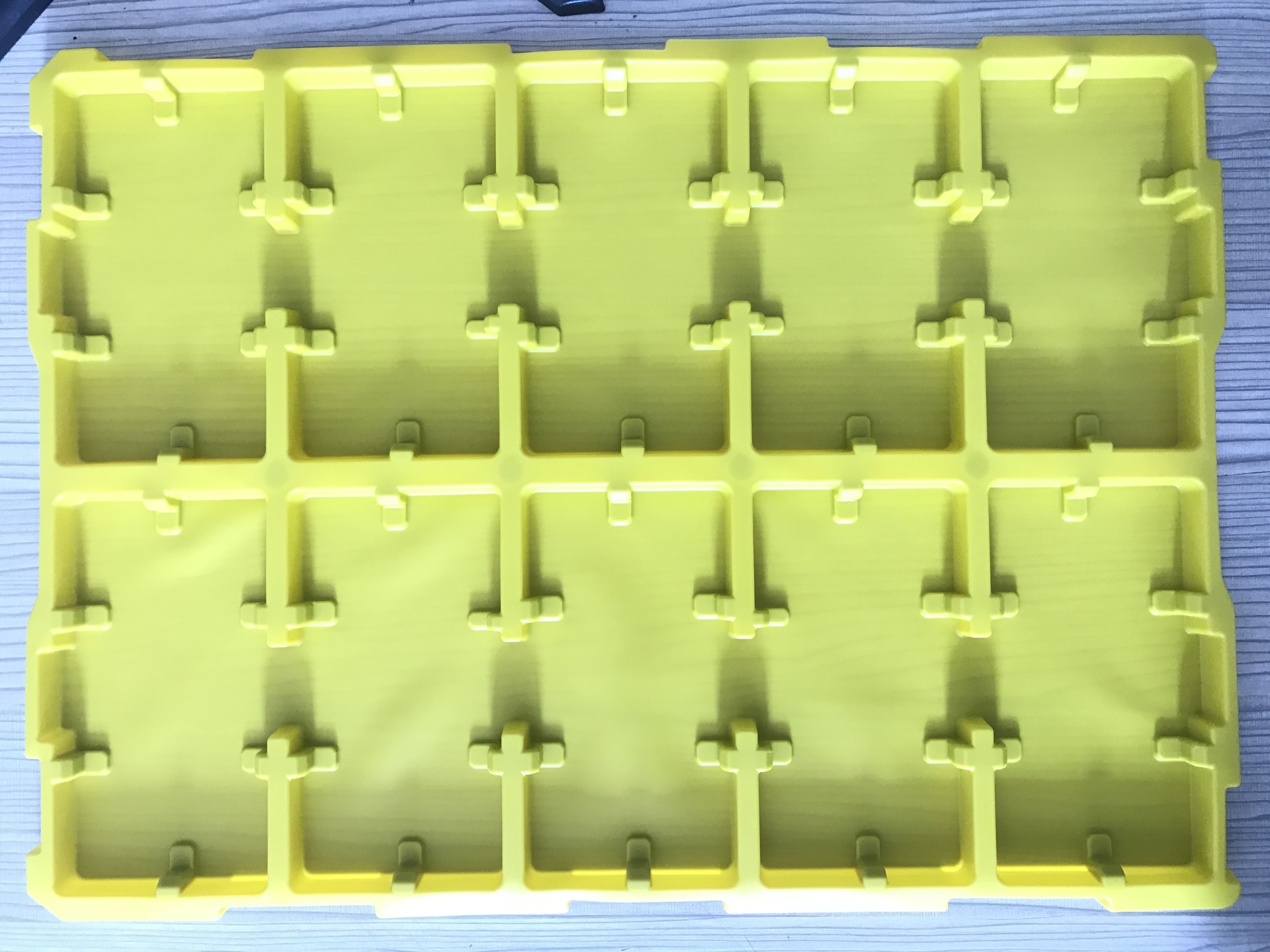1. The development of polymer materials towards "Five Modernizations"
Entering the 21st century, polymer materials are further developing towards high performance, high functionality, compounding, refinement and intelligence. High performance is a requirement put forward by the improvement of the quality of life and the development of science and technology, and its meaning is to make the material have higher mechanical properties, heat resistance, durability and corrosion resistance; the meaning of high function refers to the material itself Produced by external physical or chemical stimulation to produce specific functions, has a keen response ability, and can perform selective and specific work (such as: optical function, biological function, etc.). The development and application of high-functional polymers is a new field full of vitality and the hope of polymer materials science. Its goal is to create ideal materials and artificially synthesize "simulated organisms" to achieve the third material revolution; the meaning of composite is Refers to the process of combining organic polymers, inorganic non-metals, or metals to form new materials through a composite process; refinement mainly refers to higher processing, refining and artificial modification, finer control of the composition structure, and more super Miniaturization (including: thin film and integration, etc.); as for intelligence, details will be given later.
2. Intelligent features and examples
Intelligent and high-functionality, or the difference between intelligent materials and functional materials is that functional materials can judge the environment, but they cannot conform to the environment, and the characteristic of intelligent materials is that they are responsive to the environment. That is, materials have three functions: detection (sensing) function, judgment and conclusion (processing) function and instruction (execution) to varying degrees. The three elements of material intelligence are perception, information and execution. The conceptual design of intelligent or intelligent materials or intelligent polymer materials can be conceived from the following concepts:
(1) The history of material development, from structural materials and functional materials to smart materials;
(2) The material level of artificial intelligence reflects the future model of a biological computing starvation;
(3) Manufacturing smart materials from the standpoint of material design;
(4) Software function introduction materials;
(5) People's expectations of materials;
(6) Energy transfer;
(7) The material has a time axis, which requires the material to have life prediction, self-repair, self-decomposition and even self-learning, self-proliferation, self-purification functions, and dynamic performance that can respond to external stimulus time axis actively and autonomously.
With the development and progress of microelectronics technology, computer technology and automatic control technology, especially intelligent control and artificial intelligence move towards practicality, the increasing number of intelligent materials and products is really "dream come true", for example: made by Panasonic Corporation of Japan Smart refrigerators are equipped with various sensors and microchips, which can identify, store and memorize the information provided by electronic tags and barcodes of various commodities-production date, shelf life and quantity, etc.; the smart pistol successfully developed in the United States is only the owner of the gun. Use only to shoot bullets, and criminals cannot commit crimes even if they steal or steal a pistol. Another example is a smart walking stick recently developed by American scientists, which can help blind people avoid obstacles; smart phones do not need to dial, just report The phone number or name of the other party can be connected; and the translation phone that can serve as a "translator" for the caller in different languages.
3. Intelligentization of polymer materials
Intelligent polymer materials and products have been applied in daily life, high-tech and high value-added industries, and there is a trend of vigorous development. For example: a variety of smart fabrics launched in Japan, some can change performance according to temperature changes, some can change color according to people's emotions, and there is a three-layer smart fabric that can change color with changes in emotions. Use it to make underwear and put it in the closet. It looks black. If you wear it on your body, its color will flicker when mood fluctuates. A new type of smart protective clothing developed in the United States will automatically send an alarm after it is scratched. Signals can better guarantee the safety of workers in radioactive and toxic environments; smart suits (underwear) are woven into optical fiber networks and conductive polymer networks, and there are micro-measurement systems to monitor soldiers’ physical conditions. A pickup with a miniature radio transceiver chip at the waist. When a soldier is injured, the optical fiber and conductive fiber in the wound are cut to show the injured part, and the pickup analyzes the sound signal of the blow to determine whether it is a knife wound or a gunshot wound. After the information is transmitted to the rescue center, the medical staff sends out an inquiry signal to the smart underwear. The underwear uses the optical fiber network to measure the spectrum of the blood flowing out, to detect the oxygen content in the blood, and to diagnose whether the heart or artery is bleeding. Through the pressure sensor, it can also determine whether the wounded is or not. Bleeding, in this way, when the paramedics receives the wounded, there is no need for detailed inspection, and the rescue can be carried out directly and purposefully.
A kind of smart glass recently produced in Singapore is a kind of transparent conductive film sandwiched between two layers of glass. The conductive film works after power on. When the sun is strong, it turns blue, 20% of the light passes through and 95% of the heat radiation is reflected back ; When the light is weak, 100% light passes through. In recent years, it has been used for smart windows in buildings and cars. It uses the reversible color conversion of intrinsic conductive polymer in a neutral state and a doped charging state to achieve the purpose of adjustable transparency: in summer, smart windows can be To darken, absorb part









